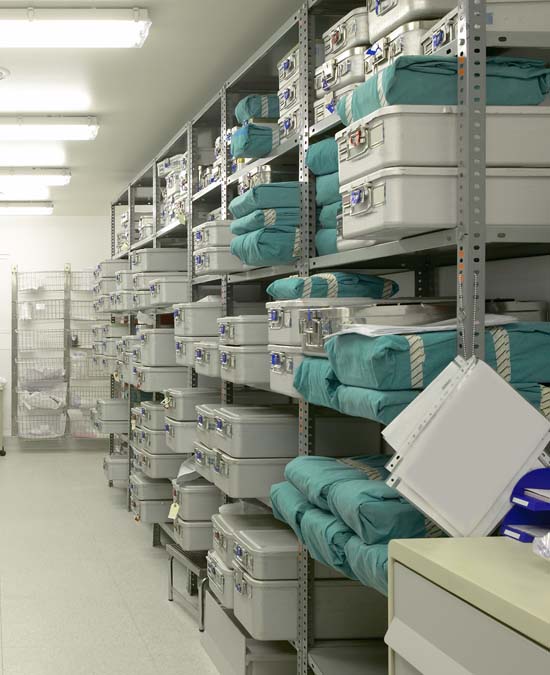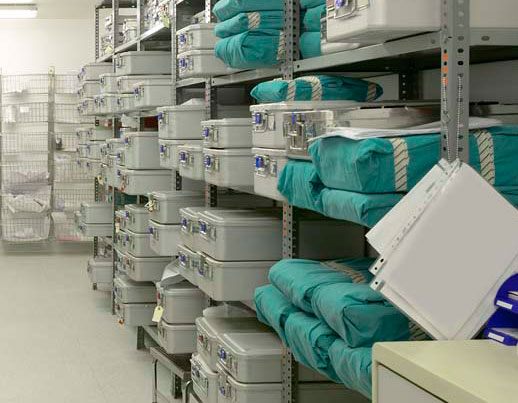Manufacturing, distribution, and warehousing material goods in the healthcare sector has some of the strictest oversight and highest standards of any industry. And yet like any company in any industry, companies working in healthcare need to lower costs, realize fast returns on their investments, and increase their productivity by increasing the efficiency of their processes.
From the precision needed to manufacture surgical-grade steel for medical instruments, to the consistency needed in controlling the temperature and humidity around pharmaceuticals, companies that handle material goods in the healthcare industry have to have processes that are both precise and consistent. Meeting these high standards in a cost-effective way requires precise automated solutions.
At PeakLogix, we’re a brand agnostic material handling systems integrator that specializes in innovative, bespoke automated solutions. As your material handling solutions partner, we help you increase the consistency and efficiency throughout your distribution processes. We deliver customized solutions tailored to our partner’s needs that address issues ranging from ergonomics and employee safety to fully automated material handling and warehousing solutions.



